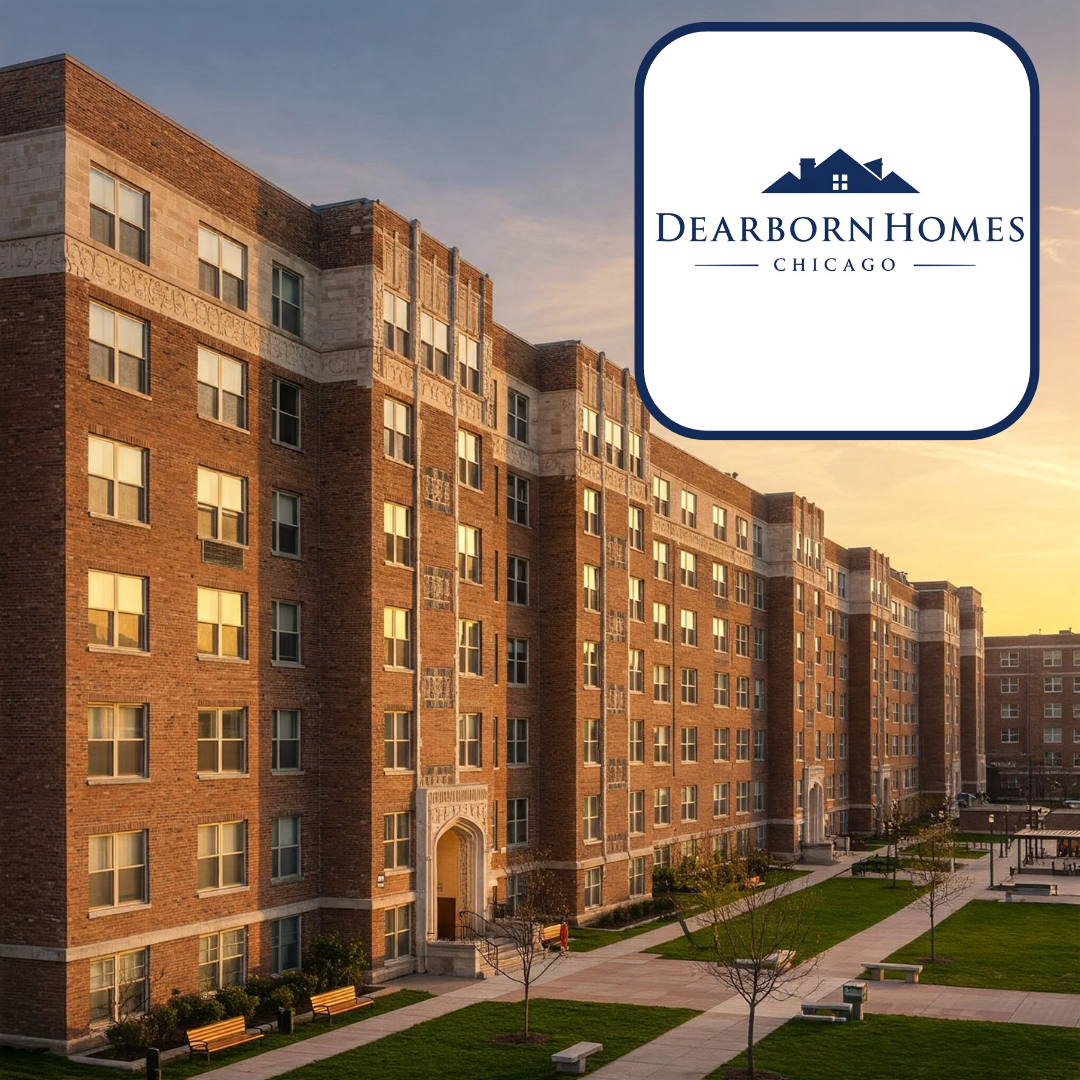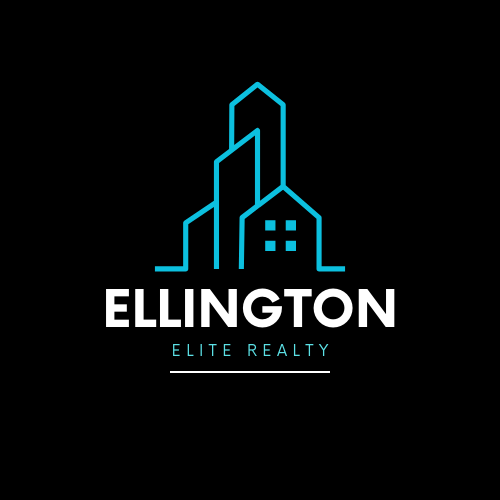
Dearborn Homes: A Historic Public Housing Development in Chicago
Dearborn Homes, located in Chicago’s Bronzeville neighborhood on the South Side, is a historic public housing project managed by the Chicago Housing Authority (CHA). Built in 1950, it was the first high-rise public housing development in Chicago to have elevators and remains one of the few surviving projects from the State Street Corridor, alongside Hillard Homes. Dearborn Homes has a rich history tied to urban planning, racial segregation, and community revitalization efforts.
Location and Layout
- Address: State Street between 27th and 30th Streets, bordered by the Metra rail line to the west.
- Size: The development spans 16 acres and consists of 12 mid-rise buildings, ranging from six to nine stories, with a total of 668 units after renovations.
- The buildings are designed in a cruciform shape to maximize ventilation and sunlight, surrounded by green spaces and playgrounds, reflecting modernist architectural ideals influenced by Le Corbusier.
Historical Significance
-
Post-War Housing Needs:
- Dearborn Homes was built after World War II to address housing shortages for African-American families displaced by slum clearance projects in Chicago’s "Black Belt."
- Initially designed for mixed-income residents, it became predominantly African-American due to systemic redlining and segregation policies.
-
Challenges Over Time:
- By the 1980s, Dearborn Homes faced significant challenges, including vandalism, high crime rates, and gang activity (notably controlled by the Mickey Cobras gang during the 2000s).
- Poor maintenance by CHA led to deteriorating living conditions, including broken elevators, unlit stairways, and insufficient security.
-
Community Advocacy:
- In response to these challenges, residents formed organizations like the Local Advisory Council (LAC) and later the Resident Corporation Management (RCM) to advocate for better living conditions and tenant management participation.
Renovation and Revitalization
-
2009–2010 Renovations:
-
As part of CHA’s Plan for Transformation, Dearborn Homes underwent extensive renovations. The updates included:
- Neo-Georgian architectural detailing to enhance aesthetics.
- Installation of metal porches, stone quoins, and triangular gables.
- A new resident computer center to improve access to technology.
-
As part of CHA’s Plan for Transformation, Dearborn Homes underwent extensive renovations. The updates included:
-
Sustainability Features:
- The development now includes rooftop and ground-mounted solar panels that contribute approximately 10% of its annual electricity usage via the Bronzeville Microgrid.
-
Unit Reduction:
- The number of apartments was reduced from 800 to 668 units to improve quality while maintaining affordability for low-income residents.
Community Features
-
Housing Units:
- Units range from one to three bedrooms, catering to families of varying sizes.
-
Amenities:
- Green spaces, playgrounds, and shared outdoor areas create a park-like setting for residents.
-
Proximity to Landmarks:
- Located near key Bronzeville landmarks like the DuSable Museum of African American History and Mandrake Park.
-
Transportation:
- Accessible via major roads like State Street and public transit options including CTA buses and nearby train stations.
Crime and Safety
-
Historical Issues:
- Dearborn Homes was notorious for high crime rates during the late 20th century, with gang activity dominating parts of the complex1.
-
Current Status:
- Renovations and increased security measures have improved safety in recent years, though challenges remain typical of urban public housing developments.
-
Community Efforts:
- Resident-led initiatives continue to play a role in fostering safety and improving quality of life for tenants.
How Chicago Residents Can Purchase a Home
For those looking to purchase homes in Chicago—including affordable housing opportunities—there are several programs available:
1. Home Buyer Assistance Program (City of Chicago):
- Offers grants for down payments and closing costs up to 7% of the loan amount based on income.
- Open to first-time homebuyers purchasing single-family homes, townhomes, condos, or multi-unit properties (up to four units).
- First-time buyers must complete a homebuyer education course1.
2. CHA Purchase Assistance Program:
- Provides up to $20,000 in down payment assistance for CHA residents or $10,000 for non-CHA residents.
- Funds can be used for down payments, PMI premiums, principal reduction, or closing costs.
- Applicants must complete an orientation session and secure preapproval from an approved lender.
3. TIF Purchase Rehab Program (City of Chicago):
- Uses Tax Increment Financing (TIF) funds to provide forgivable loans covering up to 25% of project costs for purchasing and rehabbing vacant residential properties.
- Available within designated TIF districts; income restrictions apply5.
4. IHDAccess Forgivable Program (Illinois Housing Development Authority):
- Offers up to $6,000 in financial assistance for unexpected fees or closing costs.
- Requires a minimum credit score of 640 and completion of an eight-hour homeownership education course.
5. Affordable Housing Opportunity Fund (AHOF):
- Supports affordable housing construction or rehabilitation through developer fees.
- Funds are used citywide for programs like rent subsidies or homeownership incentives
Why Dearborn Homes Matters
Dearborn Homes is more than just a housing project—it is a testament to Chicago’s evolving approach to public housing, urban renewal, and community resilience. Its history reflects broader themes of racial segregation, systemic inequality, and efforts toward revitalization in historically underserved neighborhoods like Bronzeville.
For those seeking affordable housing options or interested in Chicago’s rich history of urban development, programs like CHA's Purchase Assistance Program or city-backed initiatives offer pathways toward homeownership while contributing to neighborhood stability

